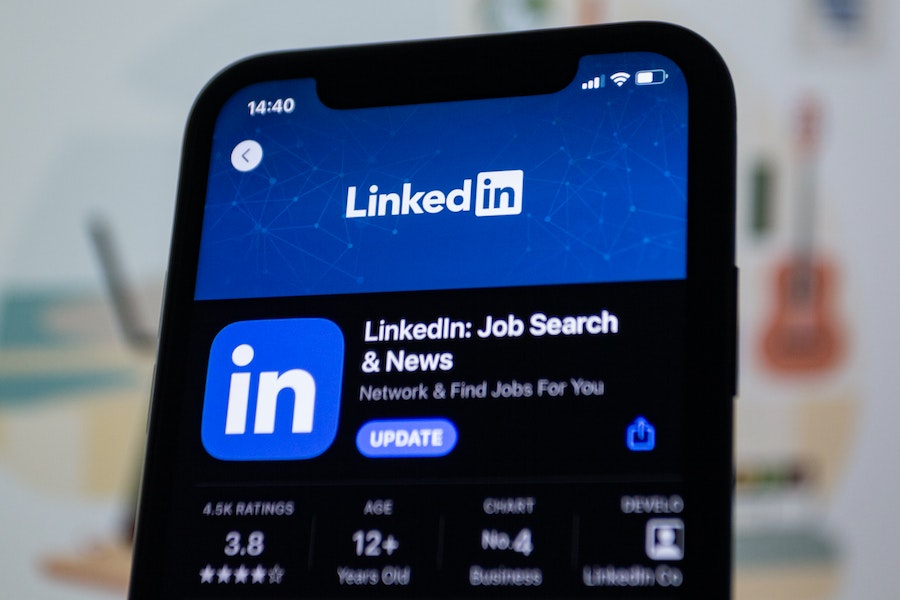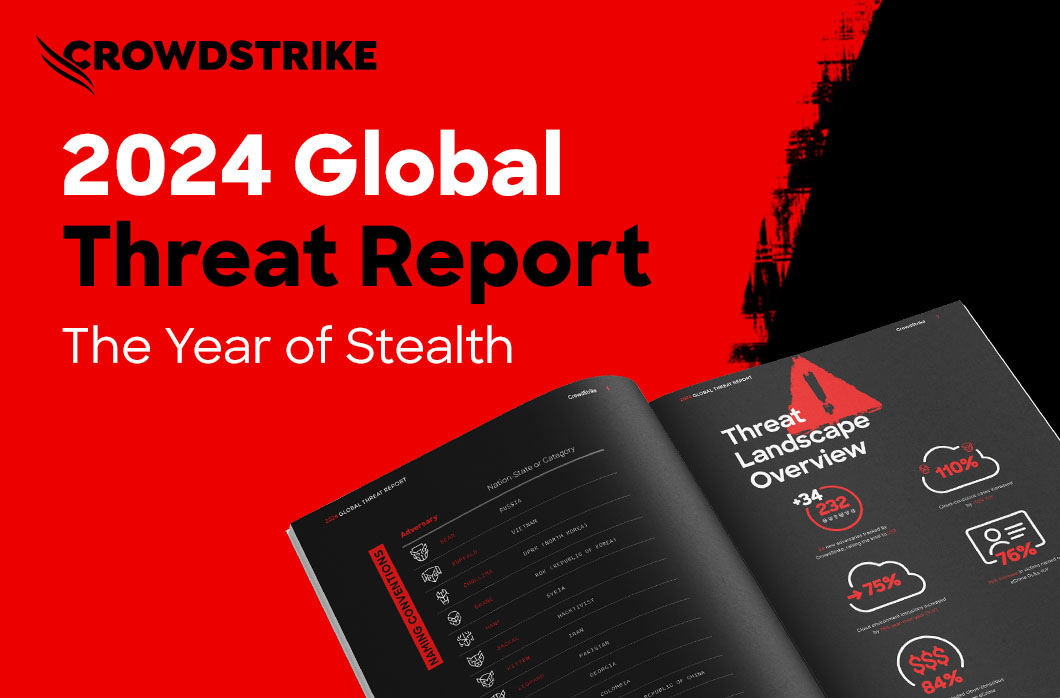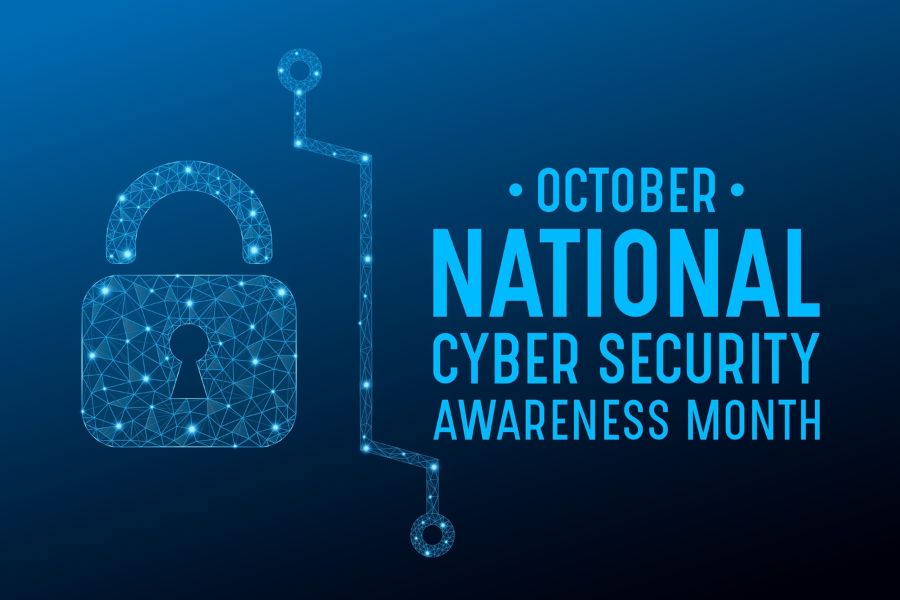How to Prevent Linkedin Data Leaks?
March 4, 2023, 6 min read
With data breaches becoming more common, ensuring your LinkedIn profile is secure is essential. Our guide will show you how to protect your personal information and protect your profile from malicious actors. From two-factor authentication to proactive monitoring, this blog post can help you take the necessary steps to prevent data leaks and maintain a secure LinkedIn profile.
How to protect your LinkedIn data from being scraped?
Eliminate the risk of data theft by preventing scraping. While it is ultimately the responsibility of big data firms to implement safeguards to prevent your data from falling into the wrong hands, there are measures you can take in the meantime:
One, you need to start lying online. You want people to recognize you but must keep your privacy intact. Keep your internet postings to a minimum. To prevent your real identity from being exposed online, changing your social media account names and adopting a pseudonym is a good idea. This also includes providing false information regarding security questions or an incorrect address or phone number.
It’s past due to switch to passphrases from your current passwords. Again, data scraping seldom results in the disclosure of a password, but if you’re like most Internet users, you still rely on them. Flip to Longer than a specific password; a passphrase can be used to log in to a system. They are simple to remember yet complex to decipher. Yellow microphone stand! Or smelly violet chicken 45! are both examples of passphrases.
Activate two-factor authentication on all of your online accounts. Two-factor authentication is essential for online security because unauthorized access to your accounts is always risky. When activated, you’ll be notified through email or text message whenever an unauthorized attempt is made to access your online accounts. You should only grant permission to someone you know and trust. A criminal’s presence can be ignored by refusing entry.
Consider utilizing a password manager to keep your passwords safe and secure. If you’re like the average internet user, you have many different accounts spread around the web, each with its unique set of login credentials. Quit wasting time trying to remember every one of your account passwords, and instead, use a password manager like LastPass, or Dashlane integrated into your preferred web browser (e.g., Chrome, Firefox, Safari, or Edge). One helpful feature of password managers is that they frequently check the internet for indications that your credentials have been exposed.
Five, ensure you haven’t been pwned before data breaches. Many businesses you interact with will not tell you if a data breach has occurred. You may get ahead of the curve and monitor data breaches affecting your information using websites like Haveibeenpwned.
A data leak may alter your future. Being a victim of identity theft is a nightmare for businesses and individuals. Ensure you know the latest methods for preventing data breaches and taking other precautions necessary in today’s connected world.
What to do if your LinkedIn data has been leaked?
A data leak may alter your future. Being a victim of identity theft is a nightmare for businesses and individuals. Ensure you know the latest methods for preventing data breaches and taking other precautions necessary in today’s connected world.
Since LinkedIn is so popular, businesses should notify their staff members about security breaches. In addition to updating their LinkedIn passwords, companies should encourage their staff to change the passwords for any other accounts that may be using the same one. As an added precaution against potential data breaches, businesses should train their staff on data hygiene and privacy best practices.
In addition to raising people’s consciousness, businesses should implement stringent spam controls and provide their staff with training to identify social engineering and phishing attempts. Here is when information security awareness tools like Google’s PhishingQuiz come in helpful. KnowBe4, which provides cyber security awareness training, is one example of a more comprehensive training solution that can help educate employees by enhancing their knowledge of how hackers steal data from the workplace.
Last but not least, it goes without saying that businesses shouldn’t buy or otherwise encourage the sale of stolen data.
To what extent is this something that everyday LinkedIn users can react to?
Users of LinkedIn should always exercise extreme caution while engaging in any online activity. Ensure your LinkedIn account is secure using a complex password and turning on two-factor authentication (2FA) if the service offers it. In addition to LinkedIn, this is also true of your other online profiles. Be wary of installing browser add-ons or other programs onto your computer without checking their legitimacy.
Look into whether your phone number or email address has been compromised. Start with resources like Have I Been Pwned. Watch and take precautions to limit the harm it can do to your online profiles. Always consider that whatever information you post or publish online can be seen by anybody.
How to respond to a LinkedIn data leak?
After a data breach has been discovered, the priority in any response plan should be to stop the intrusion immediately. Finding the breach’s origin will allow you to stop it immediately. The alternative would be to disable the network entirely, resulting in the loss of all data. Likewise, if you discover that sensitive information has been compromised, you must promptly restrict access to your databases. Because limiting consumer access to records will impact your operations, you should explain the situation clearly. You may also need to contact any external parties with access to your data and request that they remove it from their systems. Also, determine if your information has been shared with third parties or placed online. Using the internet and your email, you can find this information.
Examination by an Independent Forensics Laboratory
When the immediate danger has gone, contact law enforcement and request a forensic assessment of your systems from the outside. Consider commissioning an outside investigation to get an objective perspective on the incident. This is crucial, as it’s simple for investigators to wrongly conclude that the breach is much smaller than it is. After an independent probe, customers and business associates will have more faith in you. Ask the police to notify any necessary authorities of the breach. Regulators may wait until an investigation is complete before imposing sanctions, but sending a notice of infringement can be expensive for any business. After a data breach, having an outside security professional look over your internal security procedures is smart. Therefore, to receive unbiased recommendations, this expert should come from outside the firm and report directly to you rather than any of the company’s workers.
Notify your employees and clients.
The next step is to inform affected parties, such as consumers and employees. Instead of trying to cover up what happened, you should be forthright about it and the steps you’re taking to deal with the aftermath. Sincerity is of paramount importance. When dealing with a data breach, you must be as open and honest as possible with your customers and employees by explaining what happened and what steps are being taken to prevent further incidents. It would also be helpful to share advice on how individuals may safeguard themselves in the wake of the incident, such as changing their passwords and remaining vigilant of unsolicited emails and phone calls. It’s also your responsibility to alert customers to the possibility of fraudulent data use and advise them on safeguarding their information.
Check your in-house safety measures.
Finally, after a breach, it is essential to examine internal security. Check the violation and go over what transpired. This will aid in figuring out if it is possible to stop the breach. Your crisis response and backup plans need attention as well. If you can do so, you may also want to have outside specialists assess your security measures. As the frequency of breaches increases, it is crucial to maintain this review process after a breach has occurred so that you can act swiftly if data is stolen again.
Conclusion
Unfortunately, hacking and other forms of cybercrime are on the rise. Following a predetermined plan is the most effective method to handle a data breach. Stopping the breach cold is the first order of business, then communicating what happened and what is being done to fix it. Reviewing your security procedures after a breach might help you prevent such incidents in the future. A data breach can be disastrous for a business, but if you act swiftly and methodically, you can mitigate the damage as much as possible.
This broad strategy doesn’t consider that each security breach is unique.































